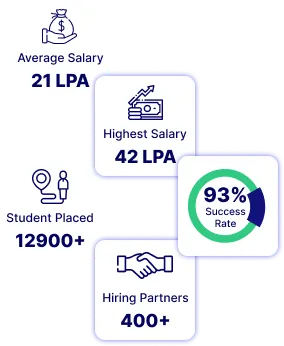The process of translating a picture or deriving accurate written descriptions from it. You shouldn't get too worked up since a more responsible AI (Generative AI), which is rumored to be the 2022 buzzword, would artificially translate and generate wonderful content (video, text, or audio) for you and your business. It is conceptually adept in revealing underlying patterns under the implications of RL or Reinforcement Learning algorithms.
6. Virtual and Augmented Reality (AR & VR)
When AR and VR were originally launched approximately a decade ago, they were supposed to be game-changing technological innovations. Unfortunately, we are still a long way from seeing this futuristic technology in widespread use. Currently, Virtual Reality and Augmented Reality are largely employed in education and training (presentation), gaming, and entertainment, among other things.
AR, or Augmented Reality, is the incorporation of real-world things into the digital environment for improved information transmission via text, visuals, audio, and other virtual upgrades.
7. Datafication
All of these patterns rely heavily on data. Because of our world's digitalization, we now have tremendous volumes of data available, and data has now become the number one commercial asset for every enterprise. We may utilize data to better understand our consumers, identify critical patterns, and get insight into what works within our companies.
8. Voice Recognition Technology
We've seen advancements in speech innovation in the past, such as Sire, Alexa, and others, but they've consistently fallen short of human standards � or even been usable in everyday life. Voice might be a unique and free-flowing medium that is not easily converted into digital innovation. Voice commands and voice companions will become increasingly important in our daily lives shortly, blurring the barrier between human advancements.
The name change of Facebook to Meta(opens in a new tab) has focused attention on the metaverse, which has been defined as the next stage in social networking. The metaverse is a three-layered virtual domain where clients might sign in as symbols to collaborate, work, shop, participate, or play games.
Organizations are putting resources into state of the art innovation like Virtual Reality (VR) and Augmented Reality (AR) to rejuvenate the metaverse. VR headsets, for instance, permit clients to investigate and drench themselves in the digital world while additionally sharing their experiences.
10. Robotic Process Automation (RPA)
Robotic Process Automation (RPA) is a means of automating formerly manual business operations such as data gathering and analysis, customer support, and other repetitive tasks. Robotic Process Automation (RPA) is a means of automating corporate operations such as data gathering and analysis, customer support, and other repetitive tasks that were previously performed manually. RPA creates several new job routes and possibilities for programmers, project managers, business analysts, and consultants.
These are some of the trends in computer science and information technology one should know.
The Bottom Line
Summing up everything, technology has advanced to the point that keeping up with the current trends is becoming increasingly difficult. The technologies discussed above are only a few of the trends that will shape the future of business and online connections.
Because there are so many contenders, predicting who will be the next big thing is difficult. The bottom line is that you should conduct some studies to determine which of these technologies will work best for you.





